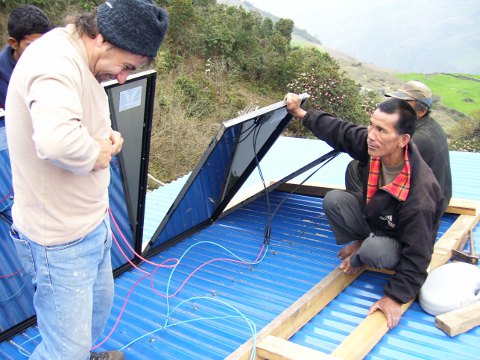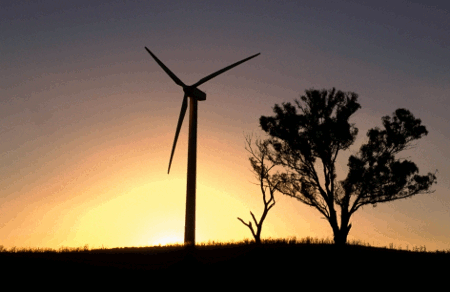
|
Published: 5 September 2011
Technology to underpin global equality and sustainability: UN survey
A new global survey by the UN Department for Economic and Social Affairs (UN-DESA) suggests the need for a technological overhaul of production processes worldwide to end poverty and avert the likely impacts of climate change and environmental degradation.

|
|
Solar power has improved the quality of life of people in developing countries such as Nepal, where it provides electric lighting and other comforts. Credit: Krannich Solar/RenewableEnergyWorld.com
|
‘The World Economic and Social Survey’ is an annual flagship report of UN-DESA. This year, the report is called ‘The Great Green Technological Transformation’.
ANU PhD scholar and a lead author of the 2009 report, Imran Habib Ahmad, said this year’s report revealed that major investments would be needed worldwide in areas such as the development and scaling up of clean energy technologies, sustainable farming and forestry techniques, and climate-proofing of infrastructure.
‘This report...details the measures needed to undertake a fundamental technological transformation, not only to promote growth, but also to help reach the goal of full decarbonisation of the global energy system by 2050,’ he said.
‘[It] builds on the 2009 survey “Promoting Development, Saving the Planet”. The 2009 report articulated an integrated approach to dealing with the climate and development challenge, using a comprehensive set of measures with an investment-driven approach including a price mechanism.’
The 2011 survey was led by UN Development Policy and Analysis Division Director Rob Vos, under the overall guidance of UN-DESA Under-Secretary General Sha Zukang and Assistant Secretary General for Economic Development Jomo Kwamme Sundaram.
‘The report is required reading as we gear up for Rio+20, which is an opportunity to define pathways to a safer, cleaner and more prosperous world for all,’ said Sha Zukang, who is also Secretary-General of the UN Conference on Sustainable Development, often referred to as Rio+20. The conference will take place in June 2012 in Brazil.
The report is available at http://www.un.org/en/development/desa/policy/wess/index.shtml



